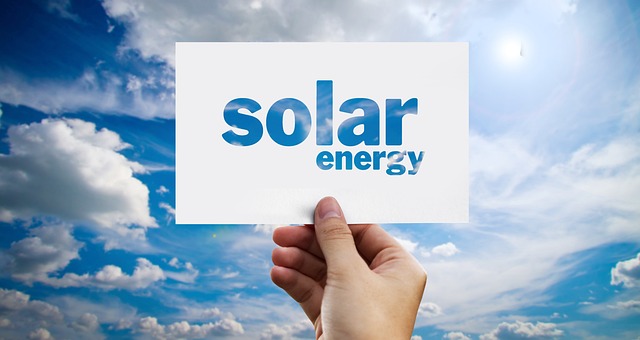EU net-zero emissions target
Recently, the well-known research institution Wood Mackenzie and the Coalition for Community Solar Access jointly released a research report on the energy transition prospects of the 27 EU countries. The report points out that although the EU has set ambitious climate goals such as net zero emissions, in the process of dealing with climate change, ensuring energy security and economic stability has become a top priority, which may lead to a delay in achieving climate goals beyond 2060.
The report titled "EU27: Energy Transition Outlook" shows that the EU's emissions will fall short of its commitment to net-zero emissions targets, with a further 684 million tonnes per year of emissions by 2050. Lindsey Entwistle, the senior research analyst at Wood Mackenzie and lead author of the report, pointed out that despite setting ambitious climate targets, the recent challenges faced by the EU have shifted the focus to energy security and economic stability while working to strengthen cross-border infrastructure for electricity, carbon capture, and low-carbon hydrogen.
1. Steady advancement of renewable energy and electrification
The report shows that the promotion of renewable energy and electrification has made positive progress across the EU. However, to achieve the goal of net-zero emissions, it is necessary to increase the research development and application of emerging technologies such as hydrogen energy and carbon capture.
2. Hydrogen energy and carbon capture have promising prospects
As an emerging clean energy, hydrogen energy has broad application potential in industrial energy demand fields. Green hydrogen is expected to replace fossil fuel consumption, reduce carbon dioxide emissions, and help achieve net-zero emissions goals. To achieve this goal, EU countries are vigorously promoting hydrogen energy infrastructure projects and investments, striving to gain a competitive advantage in the global hydrogen energy economy.
Carbon capture and storage (CCUS) technology is also receiving attention. Currently, many countries are cooperating on cross-border carbon transportation and storage infrastructure projects. Although the EU has set high goals for CCUS, it still needs to increase deployment efforts and promote widespread application.
3. Nuclear Energy Policy Differences and Challenges
The report also looks at differences among EU member states on nuclear energy policy. Some countries are actively investing in new nuclear power plants, while others are leaning toward phasing out nuclear power. Against this background, the EU faces many challenges in achieving its climate goals.
Facing the challenge of energy transition, EU countries, while actively promoting renewable energy and electrification, also need to pay attention to the development of emerging technologies such as hydrogen energy and carbon capture. Based on ensuring energy security and economic stability, EU countries need to strengthen cooperation to jointly respond to the challenges brought about by climate change. The report reminds countries to pay attention to differences in nuclear energy policies in the process of promoting energy transition to ensure the smooth realization of climate goals.


